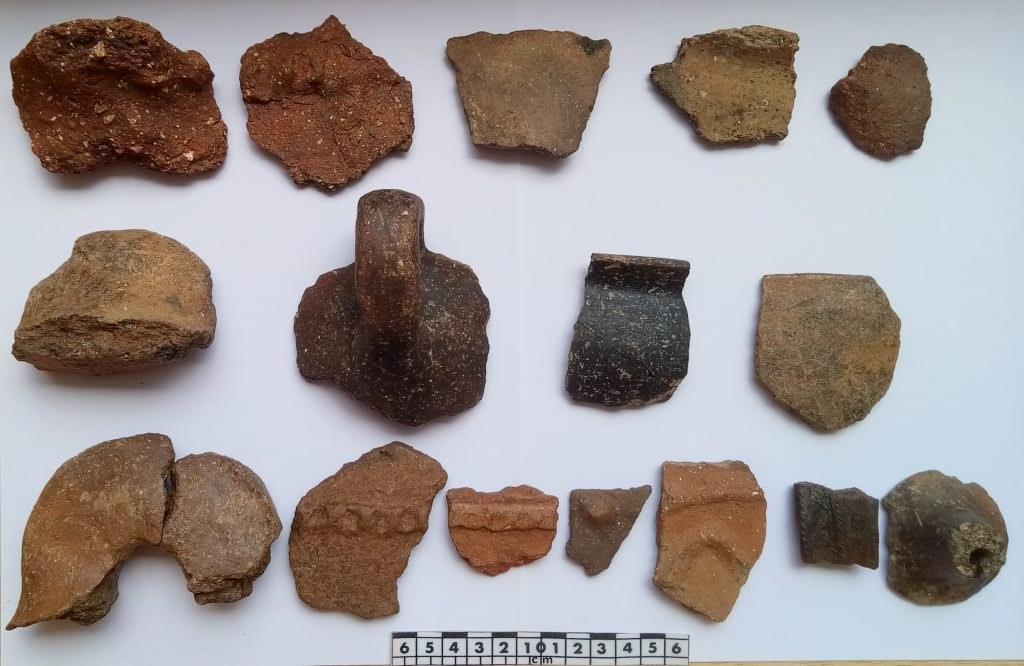Archaeological excavations on the Greek island of Ithaca have uncovered a sacred cult site dedicated to the legendary hero Odysseus from ancient times. The findings at the Agios Athanasios area, also known as the “Homer School,” reveal that the cult of Odysseus was not merely a mythological story but held significant religious and social importance for the ancient inhabitants of Ithaca.
The excavations have been ongoing since 2018 as part of a long-term research program conducted by the University of Ioannina. Led by Professor Emeritus Giannos G. Lolos and Dr. Christina Marambea, the team continues the legacy of the late Associate Professor Litsa Kontorli-Papadopoulou and Professor Emeritus Athanasios Papadopoulos, who contributed to earlier excavations in the region.
The team discovered more than 30 clay votive figurines, ritual pools, coins, gold and bronze jewelry, along with roof tiles and inscription fragments stamped with the names “ODYSSEUS” and “ODYSSEI.” These inscriptions provide definitive evidence of official worship dedicated to Odysseus.

A bronze bust of Odysseus dated to the 4th and 3rd centuries BCE further supports the identification of this sacred site as part of the Odysseus cult. Archaeologists believe this location corresponds to the “Odysseion” — the hero’s sanctuary mentioned in the 2nd century BCE in the city of Magnesia in Asia Minor. Written sources also mention the “Odysseia,” athletic and cultural games held in honor of Odysseus at this sanctuary.
The artifacts span a broad time frame from the Neolithic period through the Mycenaean and Roman eras. Notably, a vaulted underground water reservoir from the Mycenaean period reveals the advanced engineering skills of that era.

Professor Lolos, head of the excavation, states, “This site not only strengthens the historical foundations of the Odysseus legend but also allows us to understand how the ancient people of Ithaca lived out their hero cult.” He adds, “The inscriptions and other findings clearly show that ritual and social devotion to Odysseus persisted from the 2nd century BCE through the Roman period.”
This discovery confirms that Odysseus was both a mythological hero and an important figure in the religious beliefs of ancient Ithaca’s inhabitants. Archaeologists emphasize that this temple opens new chapters in the region’s history and culture.
Cover Image Credit: The School of Homer site in Ithaca, identified as the sanctuary of Odysseus. Χρ. Μαραμπέα (Christina Marampea) / Greek Ministry of Culture





